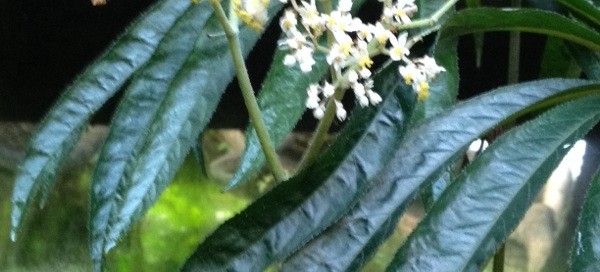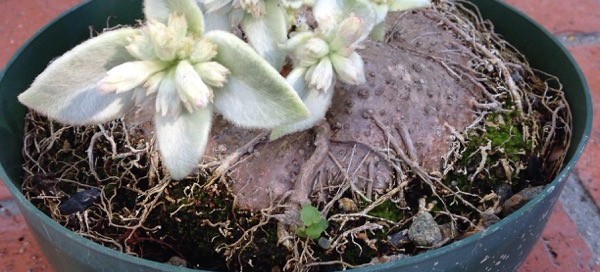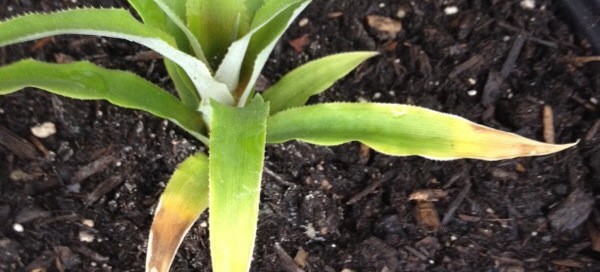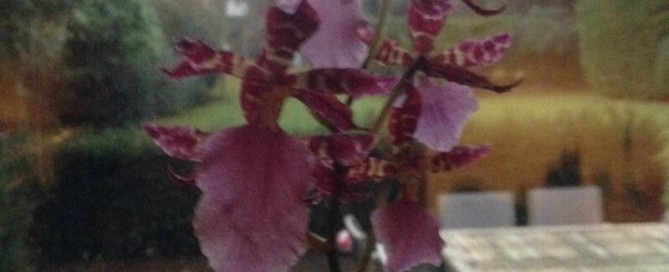Palm Leaf Begonia
Begonia luxurians (Palm Leaf Begonia) - An upright, cane-like growing begonia with large glabrous leaves that are palmately dissected into narrow leaflets. Interestingly, the new growth emerges from the center of the next oldest leaf. Requires bright filtered to part sun - best to avoid mid-day sun but stock plant for seed production in the nursery is in full sun and only suffers briefly on warmest days (low 90's ° F). Delicate fragrant cream flowers are produced from late winter into summer. Listed in Begonias: The Complete Reference Guide (Thompson & Thompson) as a bare large-leafed shrub-type for the advanced grower. Discovered in 1848 in the Organ Mountains north of Rio de Janeiro, Brazil. The Organ Mountains take their name from their resemblance from a distance to the tubes of an organ. This description is based on our research and the observations we have made of this plant as it grows in containers.



